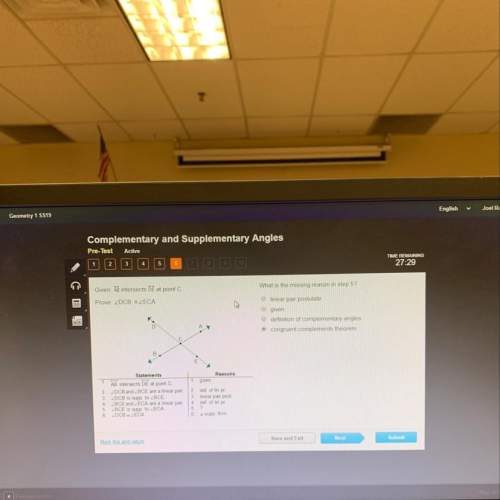The formula t =
logK
0.045 log e gives the time t (in years) that it will take an investment...

Mathematics, 24.03.2021 01:30 blaze9691
The formula t =
logK
0.045 log e gives the time t (in years) that it will take an investment P that is
compounded continuously at a rate of 4.5% to increase to an amount K times the original
principal.
If Paul invests $1,000 in a savings account that is compounded continuously at a rate of
4.5%, when will his investment double? Round your answer to the nearest tenth of a year.

Answers: 2


Other questions on the subject: Mathematics


Mathematics, 22.06.2019 01:30, BrinkerSky8378
(50 points) drag each description to the correct location on the table. each description can be used more than once. some systems of equations and their graphs are given in the table. for each system, place the description(s) in the box that correctly describe the type of system shown. :
Answers: 2

Mathematics, 22.06.2019 02:00, dilaydi1212
Given that s is the centroid of triangle mno, find sq.
Answers: 1
You know the right answer?
Questions in other subjects:







Computers and Technology, 29.05.2020 06:01


English, 29.05.2020 06:01





